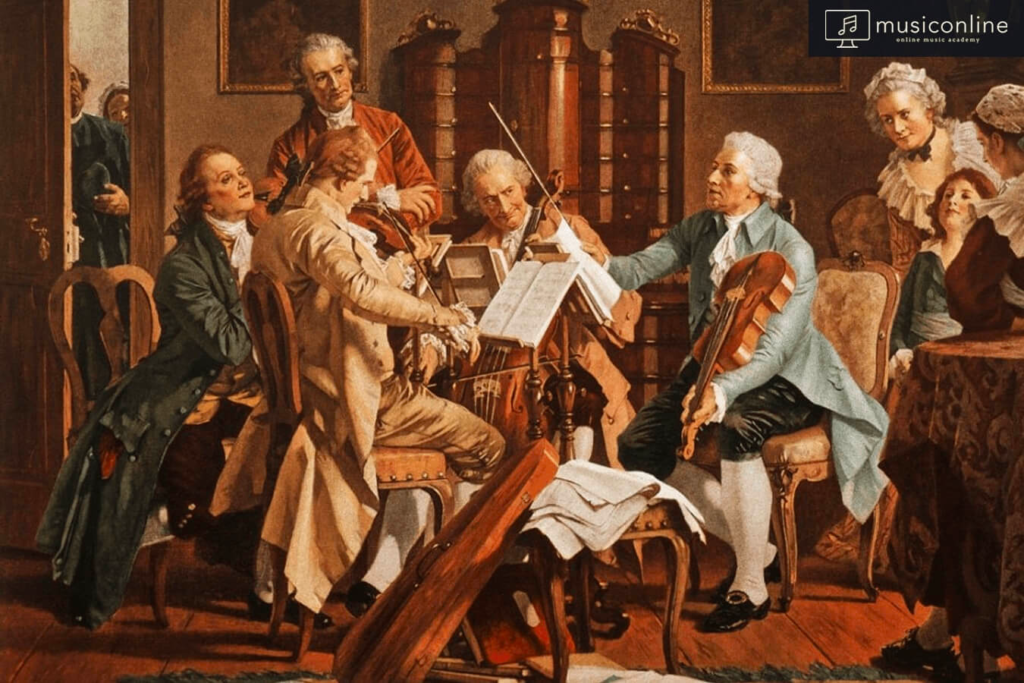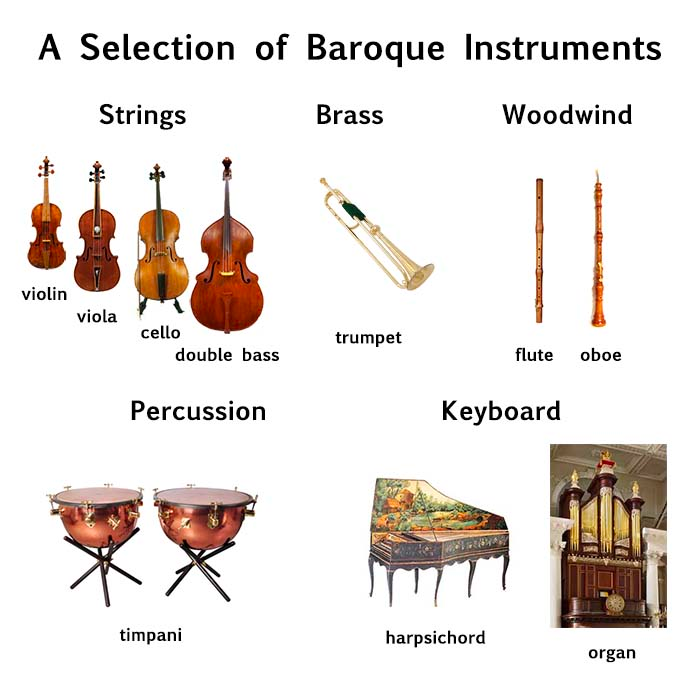The Baroque Era
The term “Baroque”, which is derived from barroco, the Portuguese word for a misshapen pearl, was originally used – in a pejorative sense – to describe the flamboyant, ornate architecture found in German, Austrian and Italian churches of the 17th century, which were designed as a reaction to the cool classicism of Renaissance architecture.


One of the most prominent Baroque architects was the Italian sculptor Gianlorenzo Bernini (1598-1680), who worked principally in Rome.
His work exhibits the fluid, dynamic shapes, theatricality and illusion that characterise the style.
In music, the Baroque period covers the years from c. 1600-1750, during which Renaissance polyphony gave way to a new, highly ornamental style with a strong harmonic basis.
Most Baroque music – from operatic arias to concerti grossi for groups of instruments, a firm bass line played on keyboard and reinforced on cello or bass, which provided a harmonic foundation.
